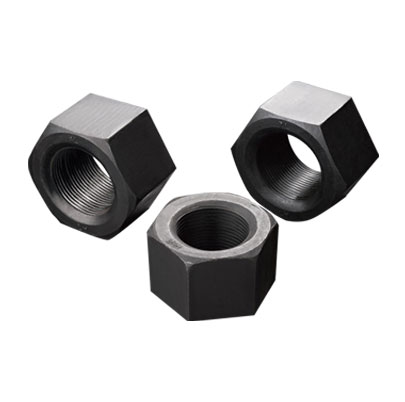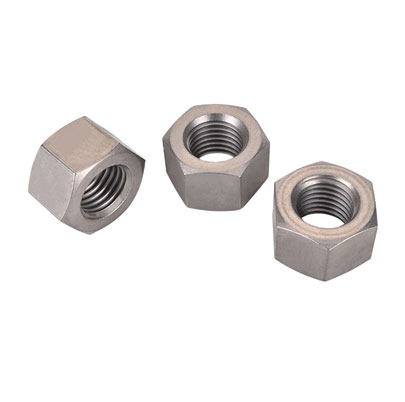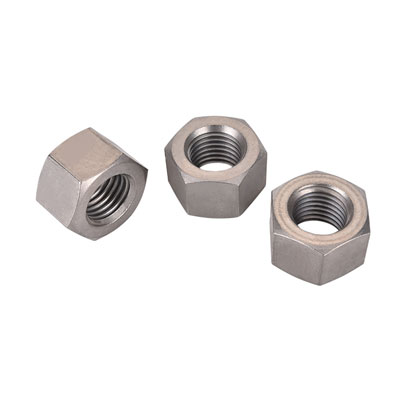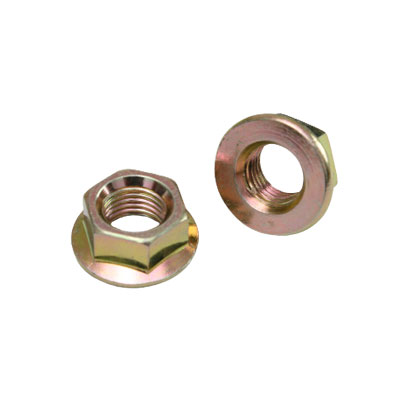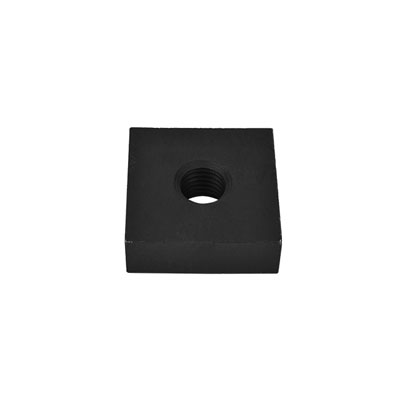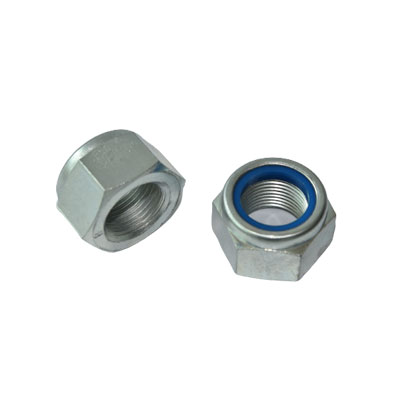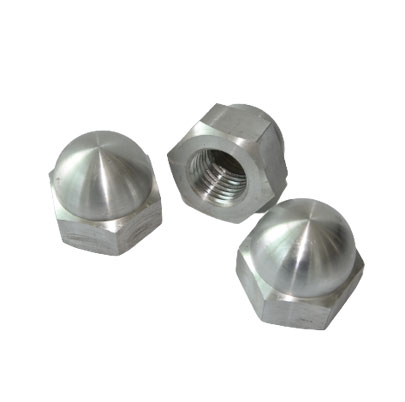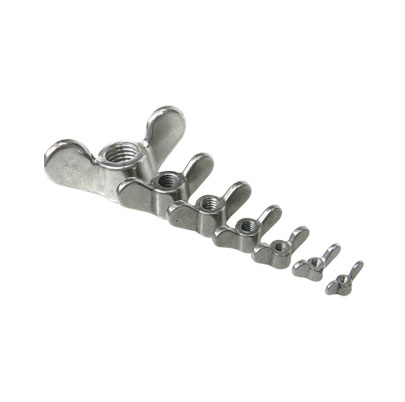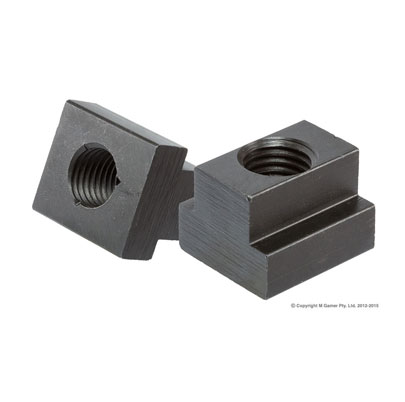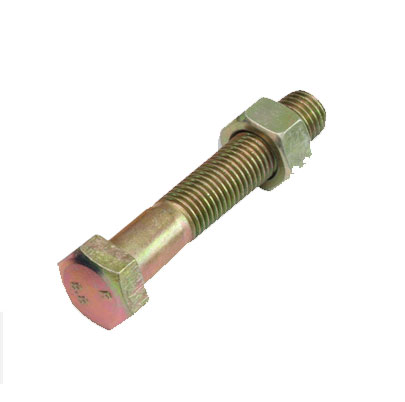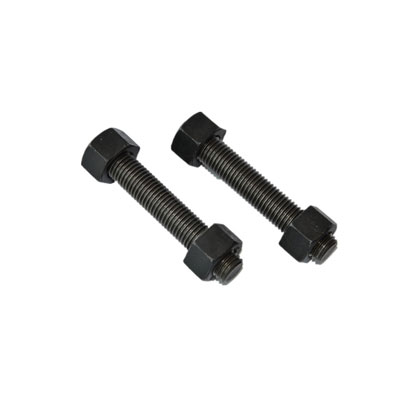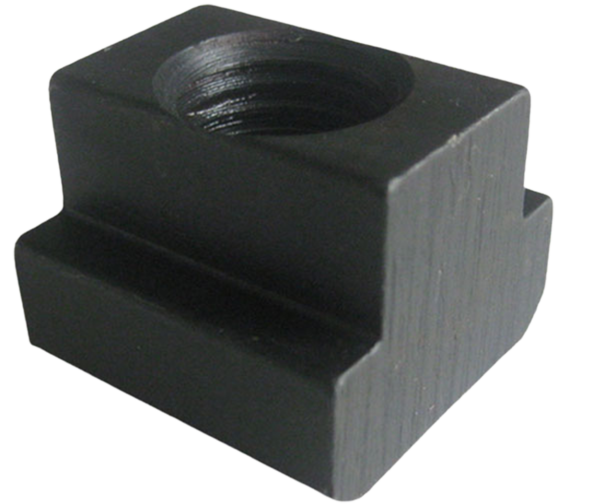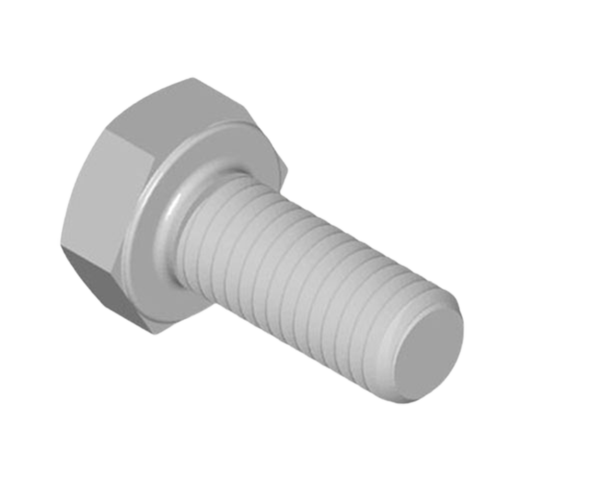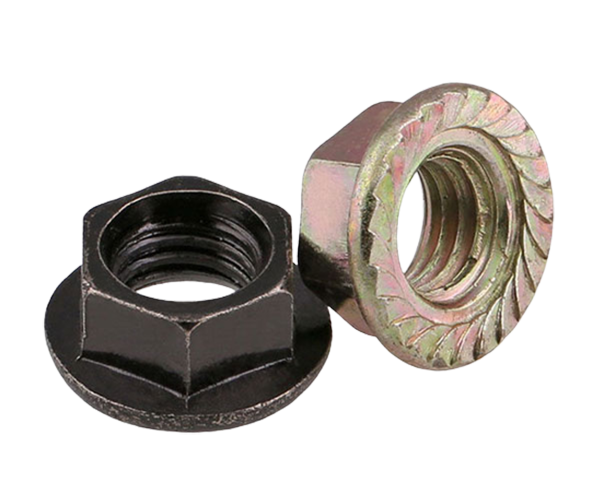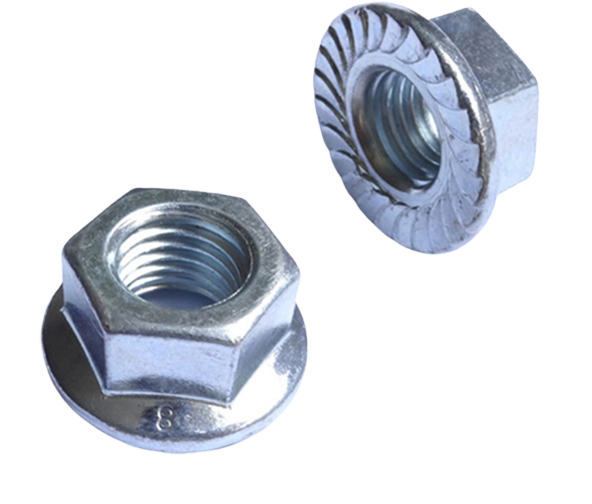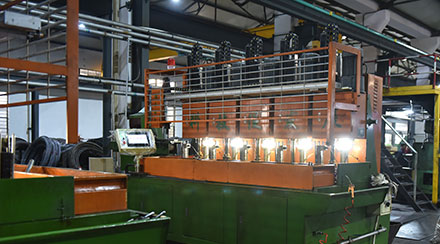The raw materials for the manufacture of square nuts are copper materials, alloys, stainless steel, and carbon steel. Various materials such as hexagonal and octagonal nuts can be used for casting. So do you know what is the anti-loosening principle and adaptation place of square nuts?
1. Anti-loosening principle of square nuts
The lock nut is composed of two parts. Each part of the square nut has staggered cams. Since the slope angle of the internal wedge-shaped design is larger than the nut angle of the bolt, the combination is tightly integrated into a whole. When vibration occurs, the protruding parts of the anti-loose nut move with each other to generate lifting tension and achieve the best anti-loosening effect.
This is because of its unique structure. There is a 30-degree wedge-shaped slope at the bottom of the female thread of the square nut. When the square nuts and bolts are tightened against each other, the cusp of the bolt is tightly pressed against the wedge-shaped slope of the thread, thereby generating a large locking force.
Due to the change in the angle of the tooth profile, the normal force exerted on the thread-to-thread contact is at a 60-degree angle to the bolt axis, rather than the 30-degree angle like a normal thread. Obviously, the normal pressure of the thread is much greater than the tightening pressure, so the anti-loosening friction force generated is bound to be greatly increased.
At the same time, when the male thread crest is engaged with the female thread, the tooth tip at the crest is easily deformed, so that the load is evenly distributed over the entire length of the contacting helix, avoiding the concentration of more than 80% of the total load when the common standard thread is engaged. Phenomenon acting on the threaded surfaces of the first and second teeth.
Therefore, the square nut thread coupling pair not only overcomes the shortcoming of the common standard coupling pair being easy to loosen under vibration conditions, but also prolongs the service life.
2. The square nut is mainly suitable for the rapid assembly of aluminum profile frame structure
The square nut has a variety of specifications and models. The square nut of the corresponding specification can be selected according to the specifications of the industrial aluminum profile. With the use of bolts, the frame structure can be quickly assembled. It is one of the common profile accessories for the design and construction of aluminum profiles. The square nut block is a front nut, which needs to be pre-buried in the groove of the aluminum profile during installation and matched with the hexagon socket bolt to connect accessories on the aluminum profile. It should be noted that after the front nut is fixed to the frame, it will be very troublesome to modify it later, so pay attention to the correctness of the frame structure in the early stage.
3. The difference between T-type nut block and square nut block
The square nut block is a front nut, which needs to be pre-buried in the groove of the aluminum profile during installation and matched with the hexagon socket bolt to connect accessories on the aluminum profile. The main difference between the square nut block and the T-type nut block is that one belongs to the front nut series and the other belongs to the rear nut series. The tee nut belongs to the rear nut series. It can be simply fixed in the groove of the aluminum profile, and can be automatically positioned and locked during the assembly process. It is often used in conjunction with flange nuts. The advantage of using a back nut is that it is easier to modify later. The difference between the T-type nut block and the square nut block is mainly described above. When we choose our nut, we all need to understand the differences above our nut, and we choose the suitable nut that we need.
 English
English
